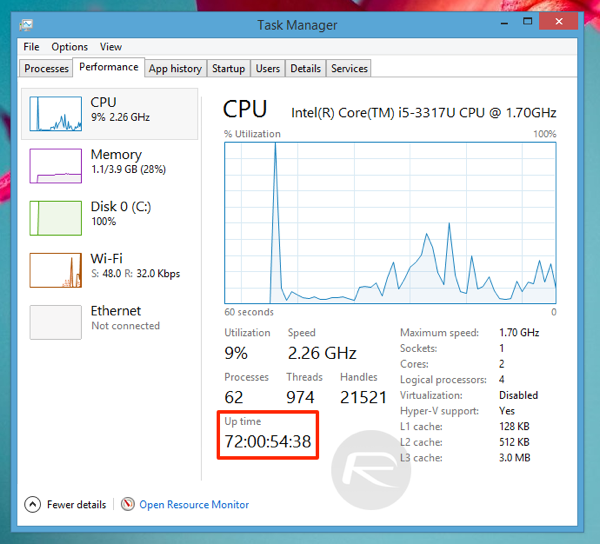

For full instructions, see "FAQ: How to manage Windows 10 updates." 5.
Pc on off time pro update#
With those tasks out of the way, assuming you're running Windows 10 Pro, Education, or Enterprise, you can adjust your update settings to defer those monthly quality updates by up to 30 days and also defer feature updates on a schedule of your choosing. If you installed an older Windows 10 version, you might also be offered the latest available feature update. So, this is the right time to check Windows Update and get the latest cumulative update along with any other pending updates. (The theory is that an update that's been out for at least 30 days is much less likely to be affected by that type of issue.) That precaution protects you from a scenario where the latest update has a serious bug that could prevent your system from running correctly.
Pc on off time pro install#
When you install the latest version of Windows 10, the Setup program automatically retrieves the second-most-recent monthly cumulative update. Check updates and configure Windows Update settings Note that some older desktop hardware might lack the Trusted Platform Module support that BitLocker encryption requires. For a detailed explanation of how this feature works, including instructions on how to back up your recovery key, see "Windows 10 Expert's Guide: Everything you need to know about BitLocker." If your hardware and Windows edition allow, turn on BitLocker encryption for your system driveĪ limited but still effective subset of the BitLocker device encryption feature is also available in Windows 10 Home edition it requires that you sign in with a Microsoft account. You can also recover your account much more easily in the event you forget your password. You'll find step-by-step instructions here: "How to lock down your Microsoft account and keep it safe from outside attackers." Installing the free Microsoft Authenticator app and connecting it to your account adds a bonus feature: The next time you set up that account on a PC or mobile device, you can skip the password and sign in by responding to a prompt on your mobile device. This setting (sometimes called multi-factor authentication or two-factor authentication) makes it dramatically more difficult for an attacker to gain access to your account.

Then, set up two-step verification to protect your account from being compromised by someone who steals or phishes your credentials. (Confused by your options? See "Windows 10 setup: Which user account type should you choose?") For a personal PC, though, I recommend that you use a free Microsoft account. If you're setting up a PC that's managed by your corporate IT department, you'll need to follow their instructions, probably using an Azure AD account. Use the Microsoft Account Security page to set your authentication options


 0 kommentar(er)
0 kommentar(er)
